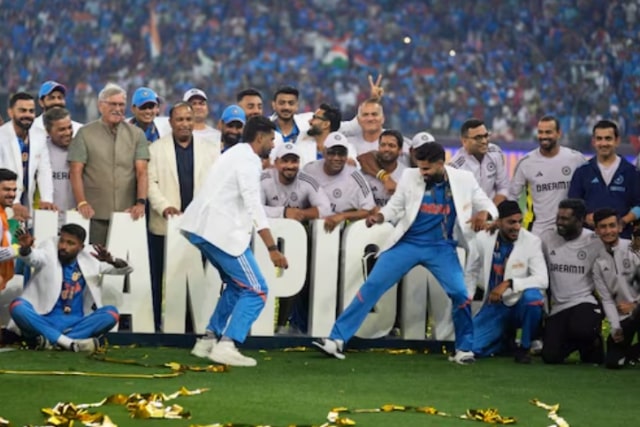
Weekly Update: Setback For Naxals; Russian Missiles To Counter China
The recent killing of 26 members of the outlawed Communist Party of India (Maoist) will most possibly deal a blow to left wing extremism in India. Among those killed by the police in Gadchiroli district, a hotbed of Maoist activity, was Milind Teltumbde, 57, a central committee member of the party and the leader of the Maharashtra-Madhya Pradesh-Chhattisgarh (MMC) confluence of the Maoist party. The death of Teltumbde, a wanted man with a bounty of Rs 50 lakh on his head, is likely to hinder the expansion of the party in the Red corridor and is counted upon as a major victory for the authorities.
But who was Teltumbde, what was his influence, and will his death really stop the violence and wanton killings in the worst-affected areas in the Red corridor?
To begin with, Teltumbde, a Marathi, who began working in the Western Coalfields in his youth, got inducted into the Naxalite ideology in the early 1980s. The Naxalite insurgency in India originated in the late 1960s when the Communist Party of India (Marxist) split and the Communist Party of India (Marxist–Leninist) was formed. Over the years, the party fragmented into factions, which have been active in the Red corridor zone, which is mainly tribal and rural with coal mining being one of the main economic activities there.
The Naxals believe that they are fighting for the land rights of the poor, mainly tribal population in the area and target government workers, policemen and political workers of other parties.
Teltumbde rose to become a senior functionary of the party’s faction in the MMC zone and his influence in expansion of the Naxalite operations and in recruitment of young inductees was considerable. His death (or as the police term it, “elimination”) will likely be a big setback to the Naxals in the area.
However, wouldit stem the movement forever? Tribals and poor farmers in the Naxal affected resof India resent the fact that urbanisation and mining has been eroding what they consider their lands and heritage and the Naxal movement feeds on that. Many development economists and sociologists feel the real solution to the insurgency lies in economic development and improved governance. Killing Naxal militants can only be a temporary solution to a malaise whose roots run deeper.
Russian missiles to start arriving
Russia began the process of supplying India with S-400 air defence missile systems, according to Russian news agencies. The S-400 missile systems are mobile, surface-to-air missile (SAM) systems developed in the 1990s by Russia’s Almaz Central Design Bureau for Marine Engineering. China was the first foreign buyer for the missiles in 2014; while Saudi Arabia, Turkey, and Belarus have all acquired, or shown interest in acquiring them. Now, India has joined the list of buyers. A few years ago, The Economist described the missiles as “one of the best air-defence systems”and many experts consider them as the most advanced air defence systems. The supplies from Russia put India at risk of sanctions from the United States under a 2017 U.S. law aimed at deterring countries from buying Russian military hardware.
India signed the $5.5-billion deal for five long-range surface-to-air missile systems in 2018. India’s main reason for acquiring the missiles is to counter a threat from China. The deal could lead to financial sanctions against India from the United States under the Countering America’s Adversaries Through Sanctions Act, which counts Russia and North Korea as adversaries.
India says it has a strategic partnership with both Russia and the United States but that may not deter the US from imposing sanctions.
When Turkey acquired the same missiles last year, the US imposed sanctions against the country, which is a NATO ally of the US. The sanctions India faces could be in the form of restricted defence agreements. France, Russia, United States, South Korea and Israel were the largest suppliers of arms to India in 2020, according to the Stockholm International Peace Research Institute.
In 2020, India’s defence purchases from the US soared from $6.2 million to $3.4 billion.This was at a time when US weapons sales to other countries had actually shrunk from $55.7 billion in 2019 to $50.8 billion in 2020. It could be interesting to see how the US actually responds to the missile purchases from Russia, given that India is a big customer for US arms.



